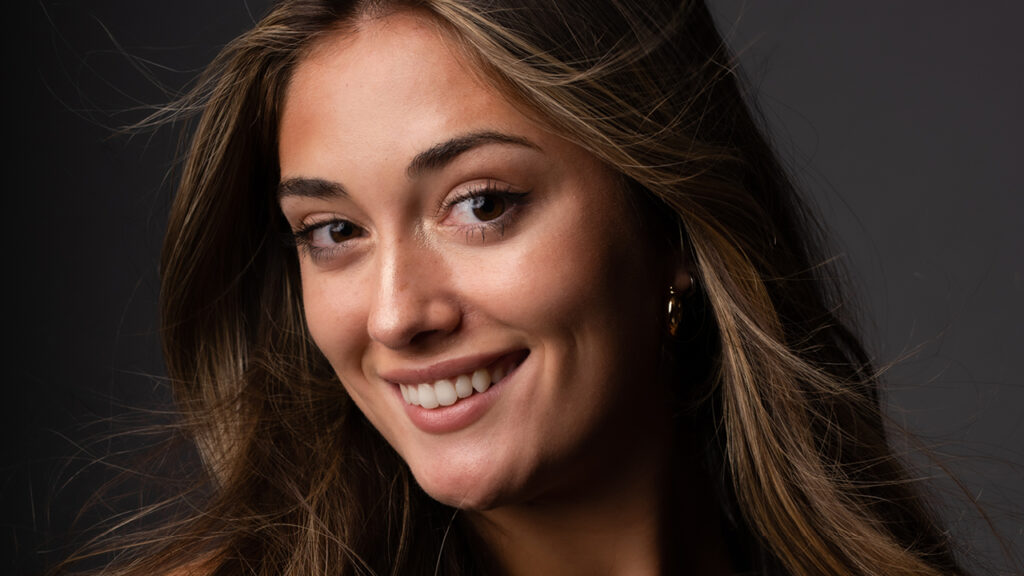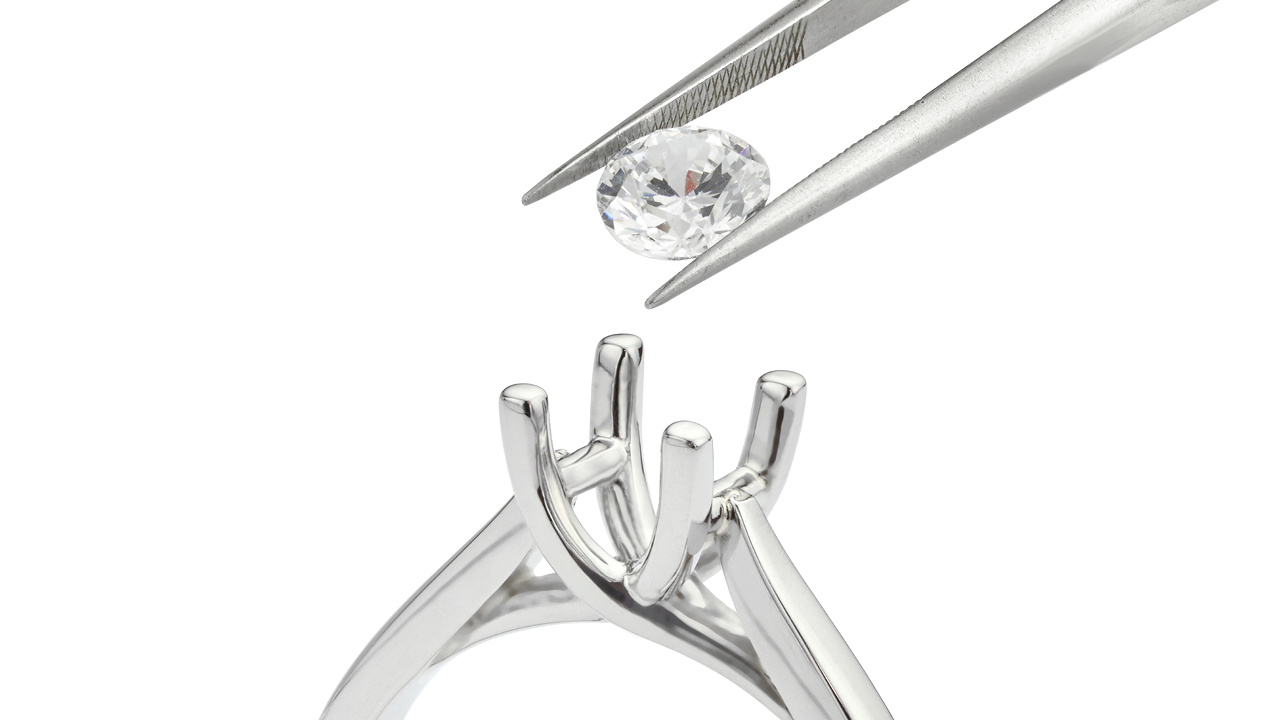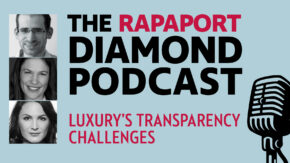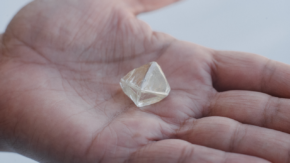Savvy retailers are helping younger clients see the benefits of choosing natural diamonds for engagement rings. Here’s how.
Merchants who say that lab-grown diamonds still have an edge over natural diamond sales among Gen Z likely haven’t talked to the retailers Rapaport did for this supplement — lots of whom are reporting something very different. Many merchants nationwide are patiently holding the hands of today’s first-time engagement ring buyers, the children of Generation X, to walk them through the benefits and opportunities of buying a diamond formed in the earth. Read on to learn about what’s driving many of their mined-diamond sales.
Mined versus manufactured
For sure, Gen-Zers are tech smart, well researched, and like millennials before them, care about purchasing jewelry that does right by the planet. But sometimes they need help understanding the fine differences between a diamond that’s sourced from the earth versus one that’s made in a factory.
“Most shoppers may have heard about lab-growns, but they’re not thinking about the distinction between them and mined diamonds,” says Andy Koehn, owner of Koehn & Koehn Jewelers in West Bend, Wisconsin.
Mined and lab-grown diamonds may be chemically and optically the same, but their formation largely drives many differences that require explanation. The former product, when responsibly sourced, feeds families and educates children in far-flung destinations that lack many resources, while the latter isn’t necessarily the green product many have portrayed it as.
“If the diamond industry would create more commercials showing the good that earth diamonds do, then maybe more shoppers would get on the bandwagon and buy a half-carat natural diamond over 2-carat chemically made one,” observes Tina Yancey, owner of Blue House of Jewelry in Tyler, Texas.
Plus, the manufacturing of lab-growns can stigmatize sales. Some grooms wonder what family and friends — and their beloved — will say if they propose with a lab-grown diamond. In particularly conservative parts of the country, lab-growns remain less appreciated. “Mined diamonds are a tradition that never fade away,” says Nanette Hayek, owner of Princess Diamonds in Burlington, Massachusetts.
Michael Kanoff, owner of Michael’s Jewelers in Yardley, Pennsylvania, agrees. “Some guys feel they are ‘cheating’ their fiancée if they buy her a lab-grown diamond — that she ‘deserves’ a natural,” he says.
It’s a trend that Koehn, too, sees in his store. “Some couples are choosing mined diamonds because they just feel that lab-growns aren’t ‘real’ because they didn’t come out of the earth.”
Values and other differences explained
Most engagement ring sellers say Gen Z customers enter stores with awareness of both lab-grown and natural diamonds, and that if brides aren’t fixated on a larger center stone, couples will more likely buy mined diamonds. Since lab-growns are a manmade product that improve with the evolution of technology, their value is less than natural counterparts. Buyers can get a bigger lab-grown diamond than a mined one for their money, but the resale and trade-in value is nonexistent.
“Gen Z wants long-term value,” says Andrea Riso, owner of Talisman Collection in El Dorado Hills, California.
Yancey would prefer to sell only mined diamonds but educates shoppers on both. “Natural diamonds aren’t in everyone’s budgets,” she notes. “But I explain to them about monetary value; earth diamonds will be worth what you paid or more, but not lab-growns.”
To drive home that point, Yancey tells shoppers about the first year she bought lab-grown diamonds. A loose stone for which she paid $2,800, she can now get for $300. “I use that anecdote when I explain differences,” she says.
It’s a similar situation for Hayek, who offers shoppers full prices paid on upgrades to mined diamond purchases in her store. “95% of my shoppers upgrade to mined when they hear that,” she says.
And while Denise Oros, master goldsmith at Linnea Jewelers in La Grange, Illinois, focuses on educating her Gen Z customers to help them make the best choices for their budgets, she’s sure to show stone differences in person and not just talk about lab reports — aka, the opinions of others.
“Diamonds have personality,” notes Oros. “If you’re picking a mate, every 125-pound, blue-eyed blonde will be different. I teach shoppers about scintillation and cut, and compare stones. [Gen Z] comes in with some knowledge, then the jeweler needs to share their professional education to help refine their thoughts.”
RELATED READING
A Gen Z Spills the Tea on What They Really Think About Diamonds

Images: Shutterstock




